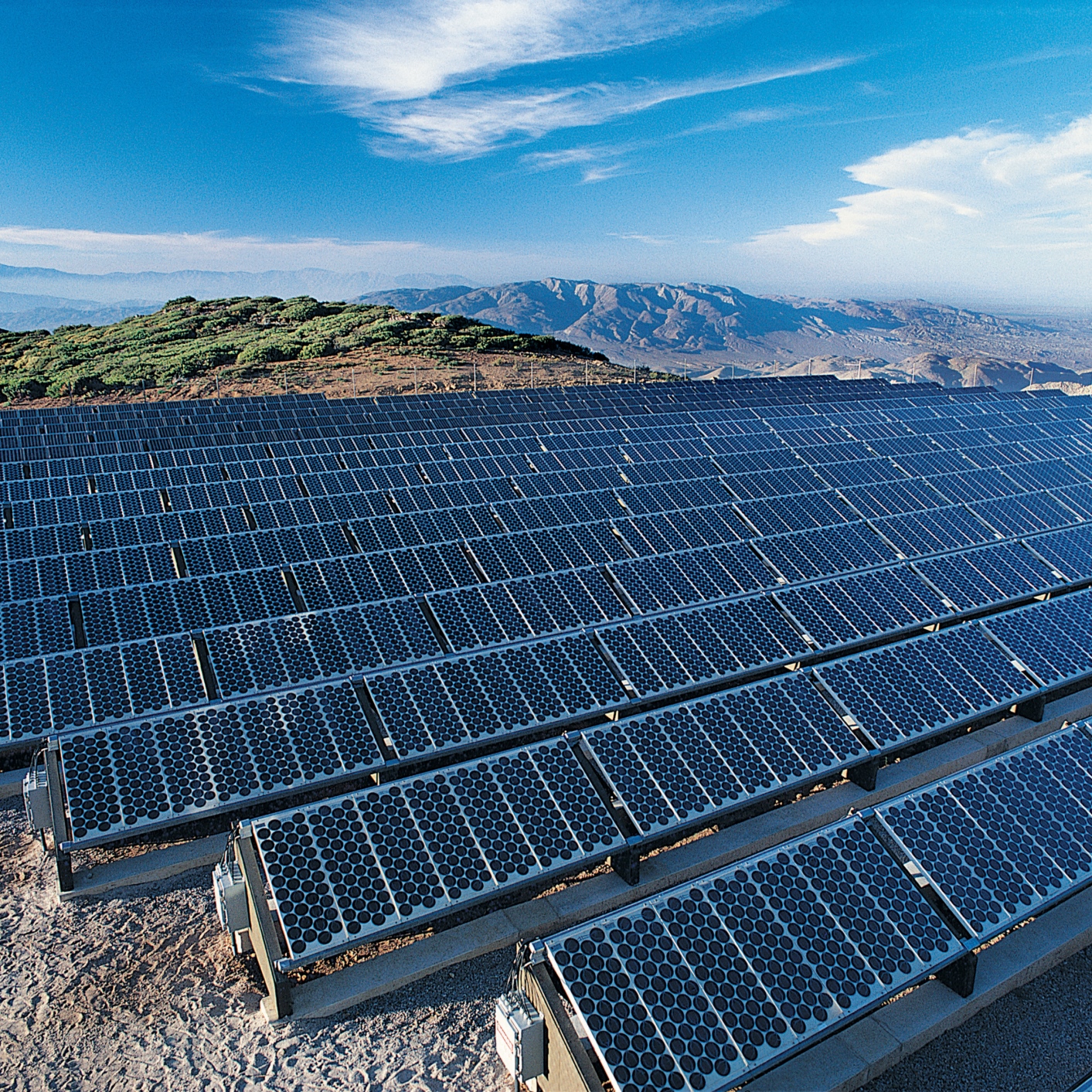
Late Monday, the office of the U.S. Trade Representative announced that President Trump had approved a “safeguard” tariff of 30% on imported crystalline-silicon solar cells and modules. The tariff does not include the first 2,500 megawatts of imported cells, and the cost is reduced by five percentage points through year four when it becomes 15%.
The Solar Energy Industries Association (SEIA), the solar industry’s main trade association, said the decision will cost 23,000 U.S. jobs this year, including many in manufacturing, and will delay or force cancellation of billions of dollars in solar investments.
The SEIA has said that at the end of 2016 there were 38,000 U.S. manufacturing jobs related to solar energy and that only about 2,000 were related to making solar cells or modules. The rest made metal racking systems, current inverters, tracking mechanisms and other electrical products. Including installers and other non-manufacturing workers, the SEIA claims the solar industry employs more than 260,000 Americans.
The initial trade case was brought under the “Global Safeguards” provision (Section 201 of the Trade Act of 1974) by two U.S. solar module makers, Suniva and SolarWorld. Suniva, a privately held company based in Atlanta, filed for bankruptcy in April of last year, and Germany-based SolarWorld, which had operations in Oregon, filed for bankruptcy in May.
Suniva and SolarWorld last August cited an economic analysis they had commissioned on the impact of a ruling in their favor:
An affirmative finding by the US International Trade Commission and the imposition of effective remedies in its Section 201 investigation on imports of solar cells and modules would result in a net gain in employment of at least between 114,796 and 144,298 jobs for the US solar industry, including the upstream industries that manufacture critical components used in the production of solar cells and modules over the next five years.
Tariffs have long been promised by the president in an effort he says is needed to level the playing field with cheap overseas manufacturing. Over the past six years or so, more than a dozen U.S.-based solar companies were closed because they could not compete with China-made solar products. China now manufactures more than two-thirds of the world’s supply of solar panels and has driven the cost of those panels down by nearly 90% over the past decade.
According to M.J. Shiao, head of Americas research for GTM Research, the announced tariff levels are likely to increase solar module costs by 10 to 12 cents per watt, based on current U.S. import prices of 35 to 40 cents per watt. GTM Research has calculated that a 10 cent per watt increase will slow solar energy growth by 8.3%.
Suniva and SolarWorld had been seeking a floor price of 78 cents per watt on solar modules and a tariff of 40 cents per watt on imported modules. Trump’s decision gave them much less than that.
In 2017, the United States installed about 7,700 megawatts of new solar capacity in utility-scale projects, according to Electrek. On a net basis, new U.S. generating capacity increased by 16,700 megawatts last year, of which nearly 95% came from renewable sources.
Thank you for reading! Have some feedback for us?
Contact the 24/7 Wall St. editorial team.
 24/7 Wall St.
24/7 Wall St.


